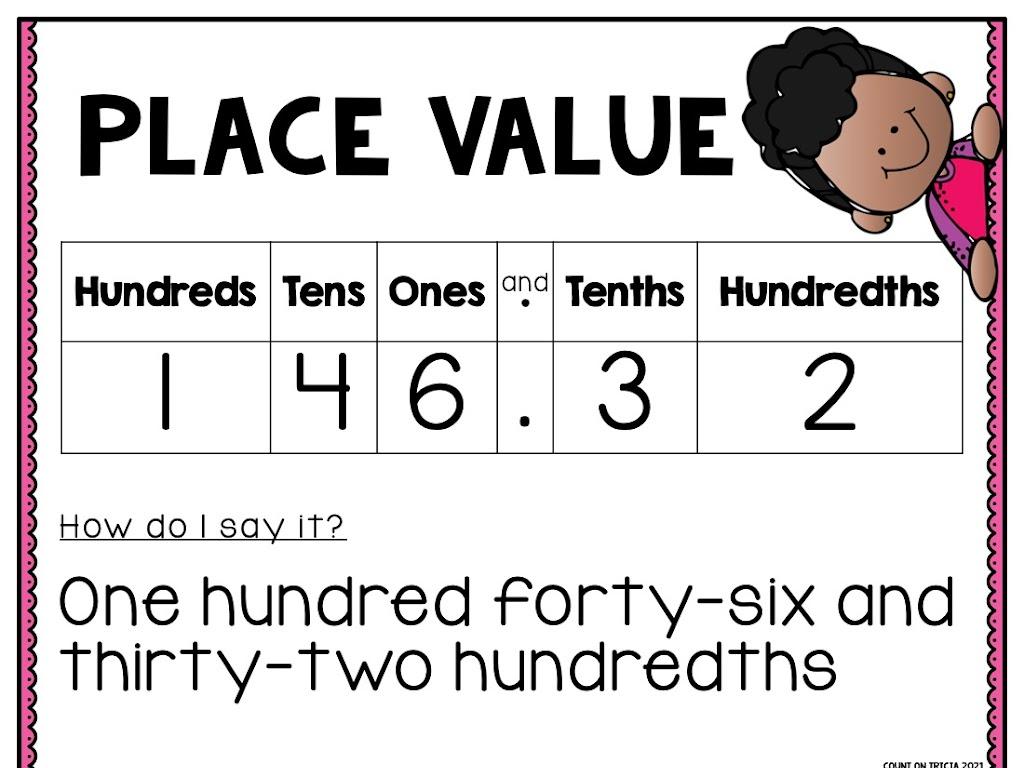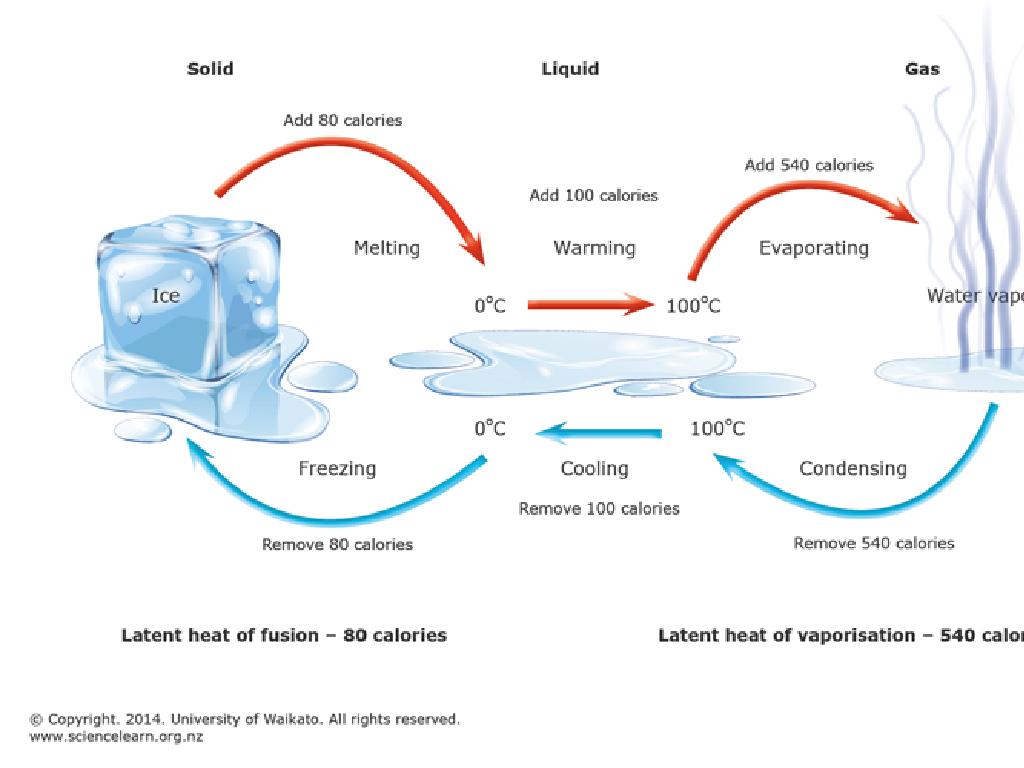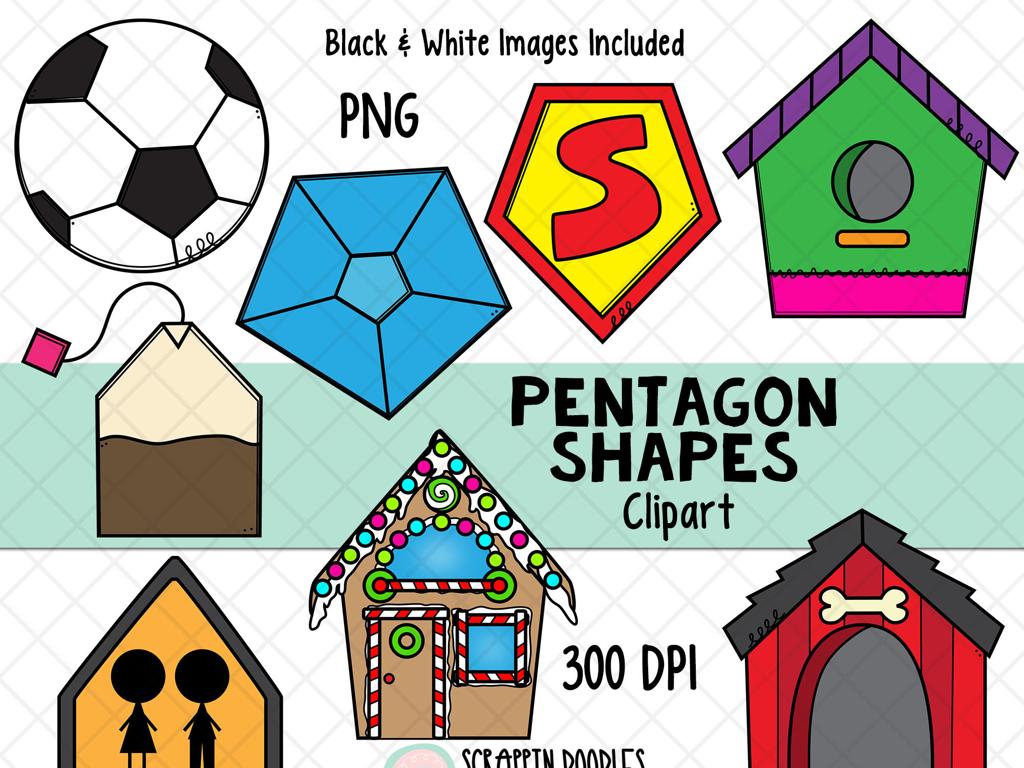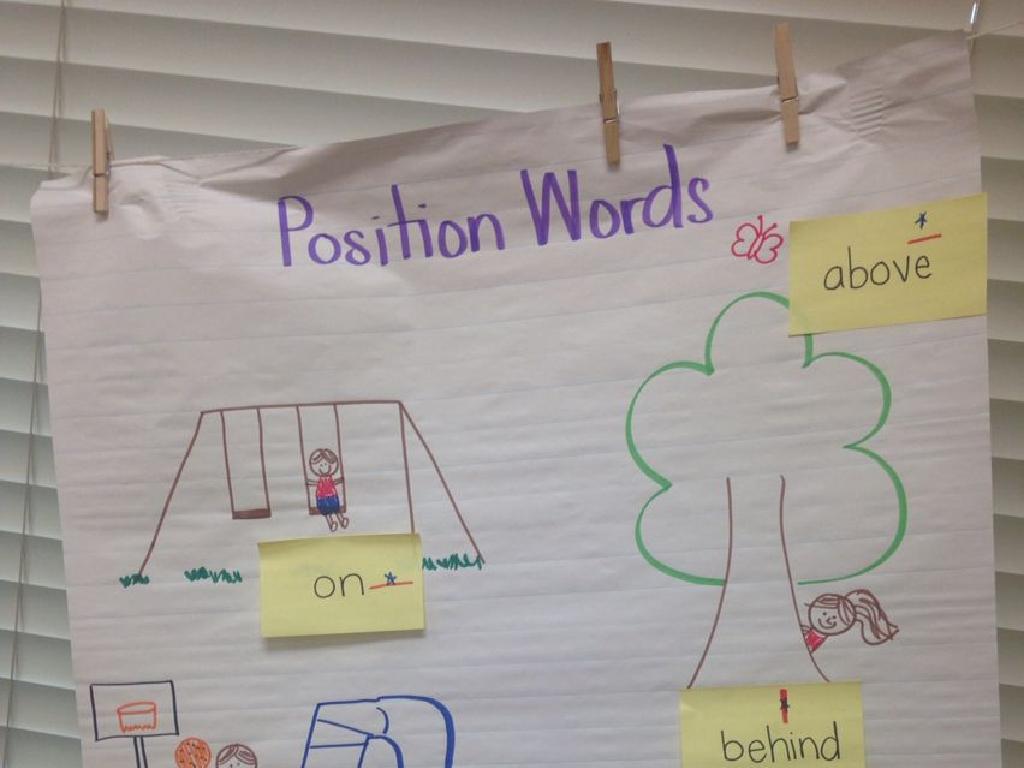Multiplication Sentences Up To 10: True Or False?
Subject: Math
Grade: Third grade
Topic: Multiplication Fluency Up To 10
Please LOG IN to download the presentation. Access is available to registered users only.
View More Content
Today’s Adventure: Multiplication Sentences!
– Learn true vs. false statements
– True statements are correct, false are not. Example: 3 x 4 = 12 (True), 3 x 4 = 11 (False)
– Become a multiplication detective
– Use clues to find out if a multiplication sentence is true or false
– Solve multiplication mysteries
– Find and solve examples of true and false multiplication sentences up to 10
– Share your detective findings
– Discuss your answers with the class and explain how you solved them
|
This slide introduces the concept of verifying multiplication sentences up to 10 as true or false. Start by explaining what makes a multiplication statement true or false. Engage the students by turning them into ‘multiplication detectives’ who will investigate and solve multiplication ‘cases.’ Provide them with examples to practice, and encourage them to explain their reasoning. This activity will not only help them understand multiplication better but also enhance their critical thinking skills. At the end of the lesson, have a discussion where students can share their findings and methods.
Understanding Multiplication
– Multiplication as fast addition
– Example: 3 x 2 equals 2+2+2
– Instead of adding 2 three times, we multiply 3 by 2
– Multiplication speeds up counting
– True or False: 4 x 3 is 12?
– Let’s check if 4 groups of 3 really give us 12
|
This slide introduces the concept of multiplication as a form of repeated addition, which is a foundational skill in third-grade mathematics. Start by explaining that multiplication is a shortcut for adding the same number several times. Use the example provided to illustrate this point. Emphasize how multiplication can help us count things more quickly than adding one by one. Finally, engage the students with a true or false question to apply their understanding of multiplication. Encourage them to use objects like counters or drawings to visualize the groups being multiplied to verify the statement.
Understanding Multiplication Sentences
– Multiplication sentence structure
– A multiplication sentence includes two factors and a product, like 3 x 4 = 12.
– Factors: the numbers we multiply
– Factors are the numbers we multiply, for example, 3 and 4 in 3 x 4 = 12.
– Product: the result of multiplication
– The product is the outcome of multiplying factors, such as 12 in 3 x 4 = 12.
– True or False: Checking sentences
– We can verify if 3 x 4 really equals 12 or if it’s false.
|
This slide introduces the basic components of a multiplication sentence and sets the stage for understanding how to determine if such sentences are true or false. Emphasize that a multiplication sentence is like a statement that claims two factors, when multiplied, will result in a specific product. Encourage students to think of multiplication as repeated addition to help them verify the truth of these sentences. For example, adding 4 three times (4+4+4) equals 12, so the sentence 3 x 4 = 12 is true. Provide several examples and counterexamples to ensure students can identify and correct false multiplication sentences.
True or False: Multiplication Sentences
– True sentences have correct products
– False sentences have incorrect products
– Methods to verify sentence accuracy
– Use multiplication facts up to 10 to check
– Practice checking sentences together
– Example: Is 7 x 3 = 21 true or false?
|
This slide introduces the concept of evaluating multiplication sentences as true or false. A true multiplication sentence accurately reflects the product of the two numbers, while a false sentence does not. Teach students to use their knowledge of multiplication facts up to 10 to verify the accuracy of a given sentence. Encourage them to practice with various examples and to explain their reasoning. During the class, work through several examples together, and then have students try some on their own or in small groups. This will help reinforce their multiplication fluency and their ability to critically assess mathematical statements.
Checking Multiplication Facts: True or False?
– Use objects or drawings to count
– Example: Is 5 x 2 = 10 correct?
– Count 5 groups of 2 objects or fingers to see if it equals 10
– Counting together to verify
– Visual confirmation strengthens understanding
– Practice multiplication regularly
|
This slide is aimed at helping students verify the truth of multiplication sentences using tactile or visual aids. By counting objects, drawing groups, or using their fingers, students can concretely see the result of a multiplication problem. For example, to check if 5 x 2 = 10, they can make 5 groups of 2 items and count them all to confirm the total is 10. This hands-on approach reinforces the concept of multiplication as repeated addition and helps solidify their fluency. Encourage students to practice with different numbers to become more confident in their ability to determine the truth of multiplication sentences up to 10. Remember, consistent practice is key to mastering multiplication facts.
Let’s Practice Multiplication!
– Is 7 x 3 = 21 true or false?
– 7 groups of 3 equals 21, so it’s true!
– Great job! Now, is 4 x 5 = 20 true or false?
– 4 groups of 5 equals 20, not 25, so it’s false!
|
This slide is an interactive class activity to practice multiplication fluency. Display one multiplication sentence at a time and ask the students to determine if it’s true or false. After they answer, reveal the correct answer and explain the reasoning. For 7 x 3 = 21, explain that multiplying 7 by 3 means adding three 7s together, which equals 21. For 4 x 5 = 20, correct the misconception by showing that four groups of 5 make 20, not 25. Encourage participation and praise correct answers to build confidence. Prepare additional sentences for practice and consider pairing students to discuss before sharing their answers with the class.
Your Turn to Be the Teacher!
– Pair up and write multiplication sentences
– Decide if sentences are true or false
– Explain your reasoning to your partner
– Use multiplication facts up to 10 to justify your answer
– Take turns being the teacher
|
This interactive activity encourages students to engage with multiplication sentences by pairing up and taking on the role of a teacher. Each student will write a multiplication sentence, and their partner will determine if it’s true or false. They must then explain their reasoning, using their knowledge of multiplication facts up to 10. This exercise not only reinforces their understanding of multiplication but also develops their critical thinking and communication skills. Possible sentences could include ‘3 x 4 = 12’ (true) or ‘5 x 2 = 11’ (false). Encourage students to correct false sentences and praise the use of correct multiplication facts.
Class Activity: Multiplication Bingo
– Receive your Bingo card
– Listen for called out products
– Mark sentences true or false
– Aim for five in a row to win
When you get five correct in a row, shout ‘Bingo!’
|
This interactive game is designed to help students practice and reinforce their multiplication skills in a fun and engaging way. Each student will receive a Bingo card filled with multiplication sentences. As the teacher calls out different products, students will have to determine whether the multiplication sentences on their cards are true or false and mark them accordingly. The goal is to get five correct marks in a row, either horizontally, vertically, or diagonally. When a student achieves this, they should shout ‘Bingo!’ The class will then pause to verify the accuracy of the winning card. This activity not only promotes multiplication fluency but also encourages careful listening and quick thinking. Prepare several rounds of the game to ensure all students have the opportunity to participate and win.
Multiplication Masters: Conclusion & Homework
– Congrats on becoming detectives
– Homework: True or False worksheet
– Complete the worksheet to find which multiplication sentences are true or false.
– Practice makes perfect
– The more you practice, the better you’ll get at spotting the right answers.
– Aim to be multiplication masters
|
Well done to the class for their hard work in learning to distinguish between true and false multiplication sentences. For homework, students are assigned a worksheet that will further reinforce their understanding of multiplication facts up to 10. Encourage them to practice regularly as this will help solidify their fluency in multiplication. Remind them that with consistent practice, they will become proficient, making them multiplication masters. The worksheet should include a variety of problems with different multiplication sentences to assess their ability to apply what they’ve learned in class.






